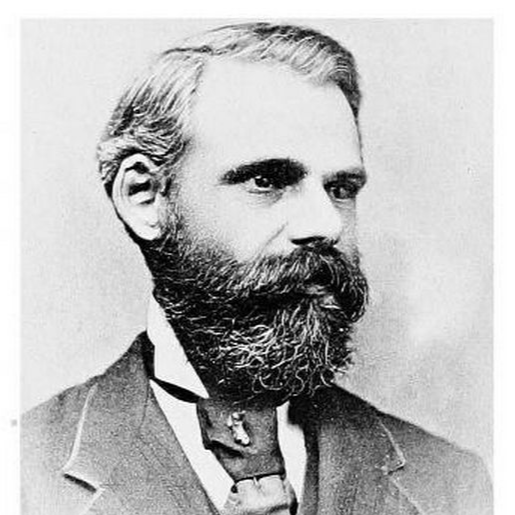120 reads
Section III.—Marine Engines
by
April 21st, 2023
Audio Presented by

Robert Henry Thurston was an American engineer, and Professor of Mechanical Engineering
About Author
Robert Henry Thurston was an American engineer, and Professor of Mechanical Engineering